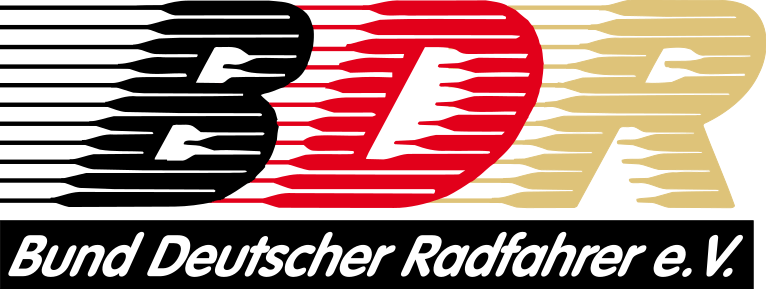The effects of three different warm up protocols on maximal power output during cycling
(Auswirkungen von drei verschiedenen Erwärmungsprotokolle auf die maximale Wattleistung beim Radfahren)
Introduction: In sprint cycling, the ability to generate and maintain high power output is of paramount importance. However, performance
could be unknowingly compromised by fatigue accumulated during traditionally accepted Warm Up (WU) protocols. Much is still to be
understood about the mechanisms of WU and how muscle temperature, duration and intensity affect sprint performance. The aim of this
study was to compare the effects of different WU protocols on power output in sprint cycling.
Methods: Nine male cyclists (age 21 ± 1 years, stature 182.1 ± 3.9 cm, body mass 77.2 ± 6.2 kg; mean ± S.D) undertook a 30-s Wingate test preceded by either passive warm up (PWU) (25 min) using heated blankets, short active warm up (SAWU) (8 min) or long active warm up (LAWU) (17 min) protocol. The active warm up protocols comprised of increasing intensity from 60%HRmax to 70%HRmax incorporated with a 6 second maximal sprint. Performance measures of peak (PPo) and mean power output (MPo) (W) were recorded. Skin temperature (°C) was recorded on the midpoint of the vastus lateral. The thermometer placement and neoprene insulation was assumed to give an indication of changes in muscle temperature during warm up (Brajkovic et al. 2006).
Results: MPo was higher following the SAWU and LAWU protocols when compared to PWU (PWU. 646 ± 65, SAWU 679 ± 68, LAWU 679 ± 83 W, p < 0.05). PPo was not different between conditions (PWU. 924 ± 137, SAWU 970 ± 171, LAWU 928 ± 160 W, p < 0.05). Skin temperature increased in all WU conditions and was not different between conditions immediately prior to the performance test (PWU. 34.2 ± 0.8, SAWU 34 ± 0.9, LAWU 34.3 ± 0.9 °C, p < 0.05).
Discussion: The lower MPo (P<0.05) observed after PWU indicates that an active component of a warm up elicits changes that improve maximal cycling performance. As skin temperature was not different between passive and active WU conditions this indicates that non-temperature related mechanisms have a greater effect on maximal cycling performance. Possible performance enhancing mechanisms associated with active warm up include postactivtaion potentiation of the muscle (Sale 2004) and accelerated oxygen uptake kinetics (Gerbino et al. 1996). The finding that no differences in MPo following the SAWU and LAWU protocols is persuadable evidence that a duration longer than 8 minutes is unnecessary for sprint cycling. Furthermore, although not reaching statistical significance the PPo after SAWU was 4.6% higher compared with LAWU indicating that extending the warm up could possibly contribute to fatigue and have a negative effect on performance. Future research should refine WU and rest periods to determine which conditions yield the most benefit.
© Copyright 2014 19th Annual Congress of the European College of Sport Science (ECSS), Amsterdam, 2. - 5. July 2014. Veröffentlicht von VU University Amsterdam. Alle Rechte vorbehalten.
| Schlagworte: | Methode Aufwärmung Temperatur Körper Belastbarkeit Relation Leistung Radsport |
|---|---|
| Notationen: | Ausdauersportarten Trainingswissenschaft |
| Veröffentlicht in: | 19th Annual Congress of the European College of Sport Science (ECSS), Amsterdam, 2. - 5. July 2014 |
| Herausgeber: | A. De Haan, C. J. De Ruiter, E. Tsolakidis |
| Veröffentlicht: |
Amsterdam
VU University Amsterdam
2014
|
| Seiten: | 638 |
| Dokumentenarten: | Kongressband, Tagungsbericht |
| Sprache: | Englisch |
| Level: | hoch |
